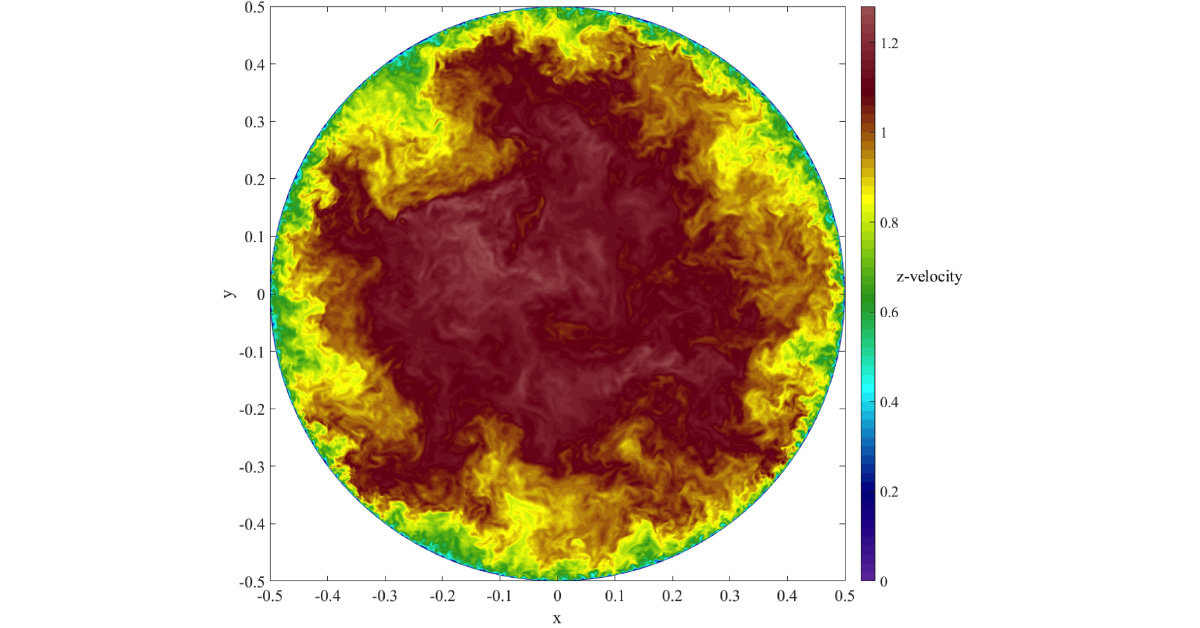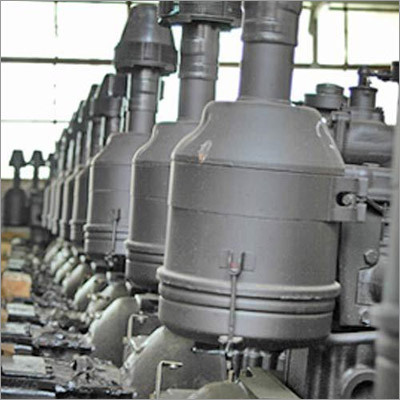

Method one is outlined in Chapter 6, Section 610.0, and uses Appendix A. The 2015 edition of the UPC provides multiple sizing methods.
#Pipe flow expert 7.4 license code code
With the piping layout complete, pipe sizing can then be determined using the appropriate plumbing code section. Once the building program is developed and the architect has provided the required quantity of plumbing fixtures and appliances, the next step is to develop the diagrammatic piping layout in the building to serve each fixture/appliance as required. The sizing methods noted below conform with the UPC and IPC and note the key differences.Īs previously mentioned, the first step in sizing any water distribution system is to work with the project architect to understand the building-use type, occupancy type, and quantity of people that will be occupying the building. The UPC and IPC provide similar methods in sizing water distribution systems. It is important to note that other factors may contribute to velocity limitations, such as acoustical requirements for sound-sensitive areas and corrosion and erosion in piping due to water quality. The values in the UPC are better defined for the specific application. The UPC and the IPC dictate velocity limitations in water supply systems, and the values in the codes range from 4 to 5 ft/second for domestic hot water and a maximum of 8 ft/second for domestic cold water. This equation can be used to determine the required pipe size based on flow rate and velocity limitations.

Starting with the basics in water pipe sizing, the basic flow equation is Q = VA, (Q = flow, V = velocity, and A = Area). Determining the required flow for all water supply fixtures will be required in order to properly size the water supply piping. Food service areas, equipment make-up water, washing systems, and other appliances may also require water supply. Restroom groups may not be the only fixtures/appliances in the building that will require water supply. Once the quantity of required plumbing fixtures is determined, the architect will be able to design the various restrooms and associated plumbing fixtures for the building.

Each of these codes have slight differences in regards to plumbing fixture quantities based on occupancy types and the quantity of people that will be occupying the space. Building-occupancy types and associated plumbing fixture quantity requirements are dictated in the UPC, IPC, and the International Building Code (IBC). Plumbing fixture quantities are determined by the project architect based on code requirements as well as project-specific requirements that may exceed code. The first step in determining plumbing system requirements and pipe sizing is to understand the building occupancy and plumbing fixture requirements.


 0 kommentar(er)
0 kommentar(er)
